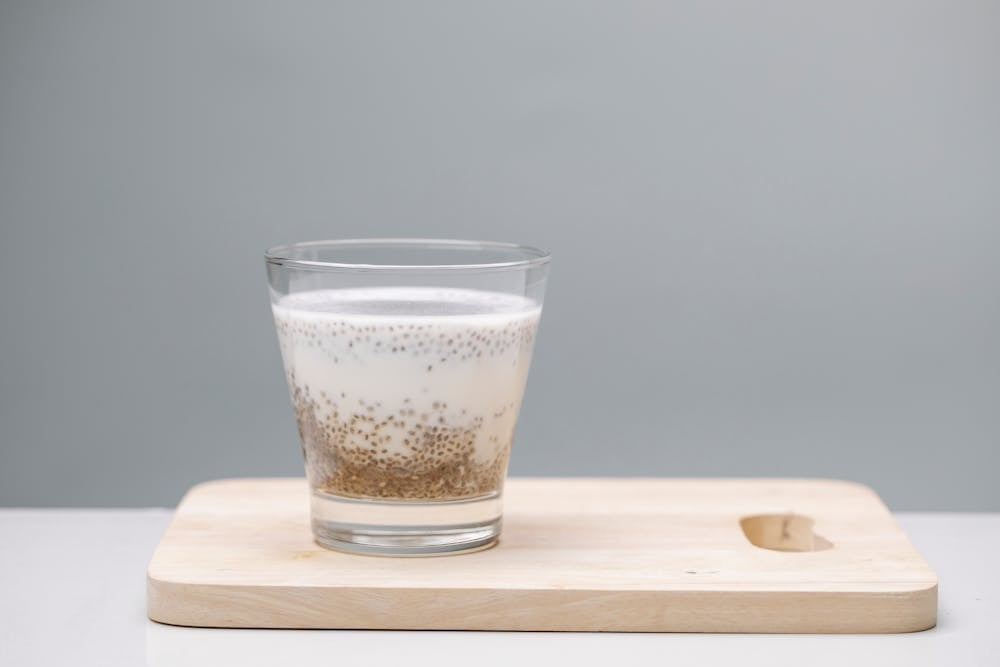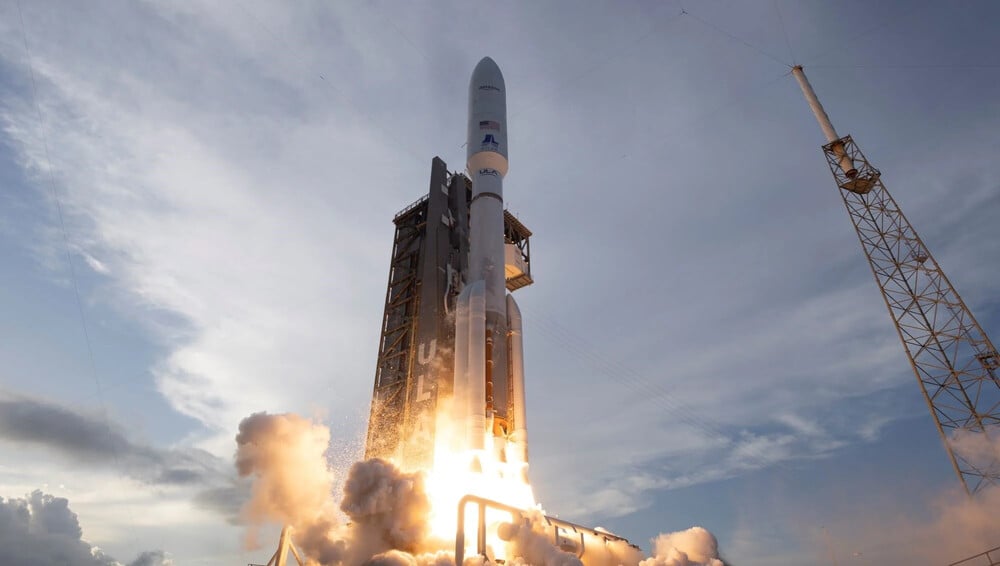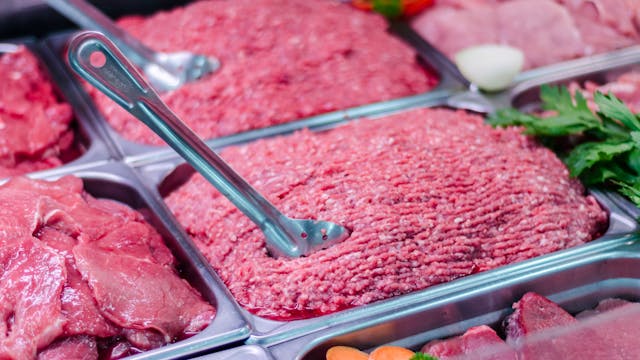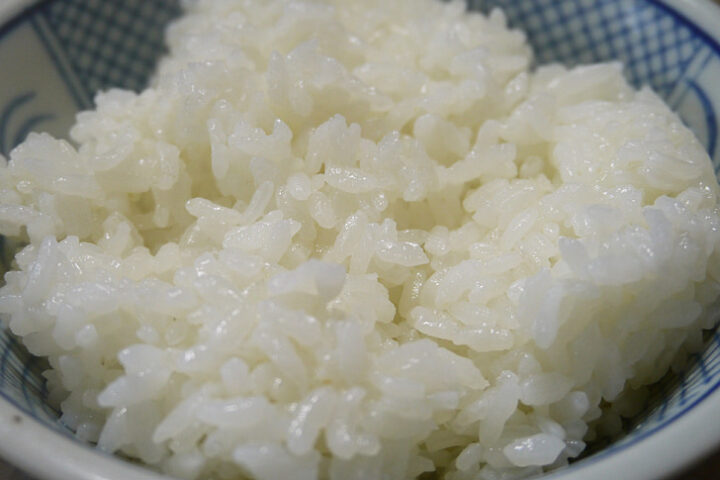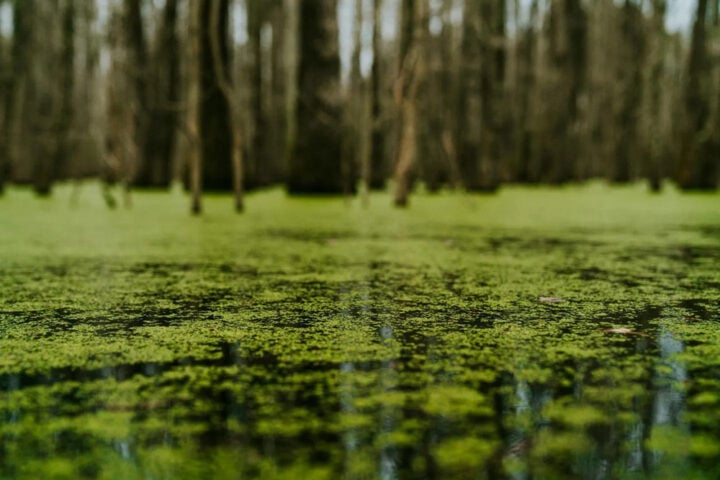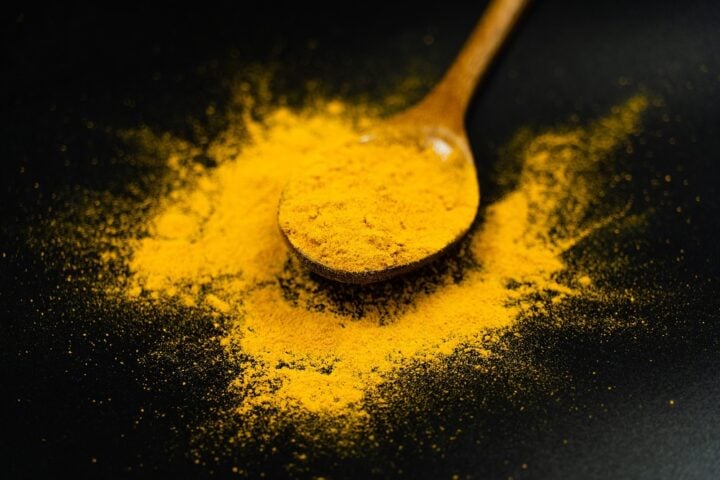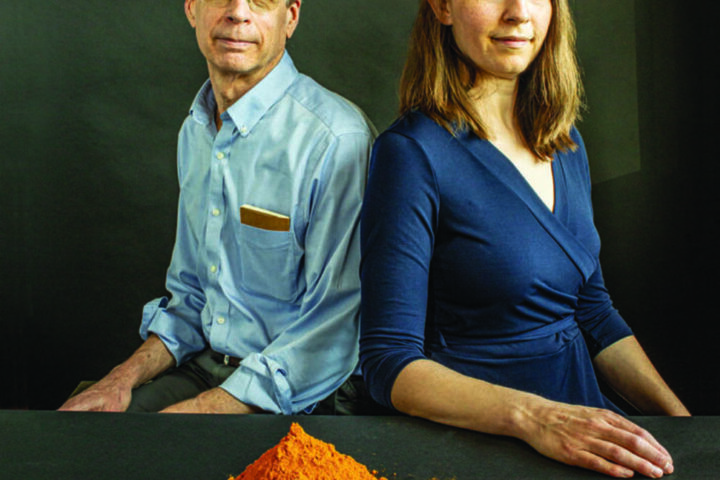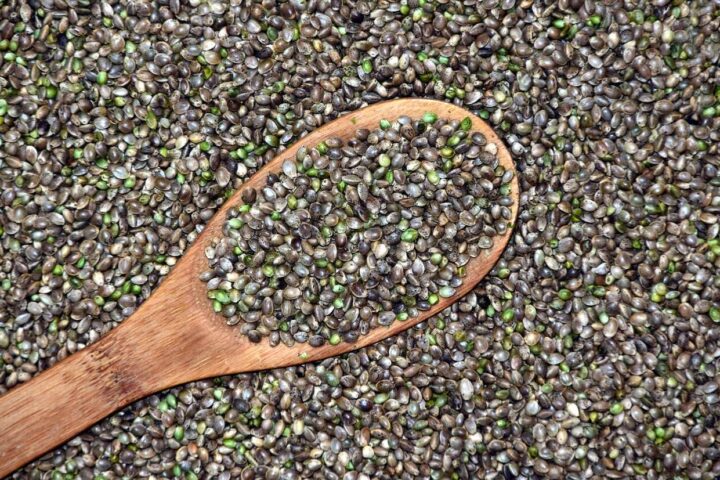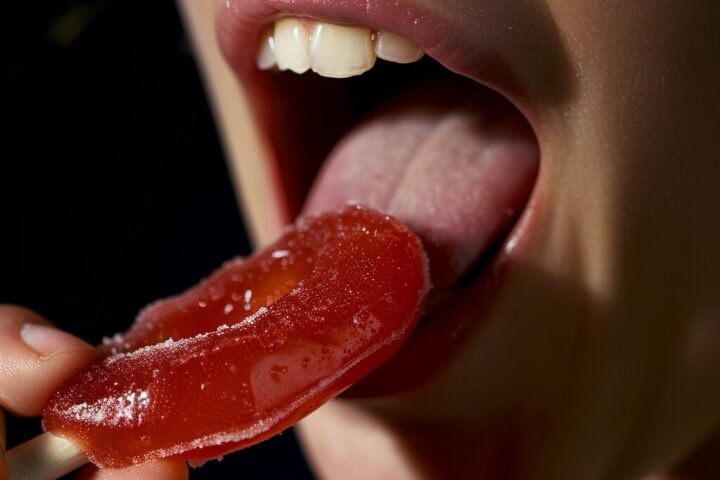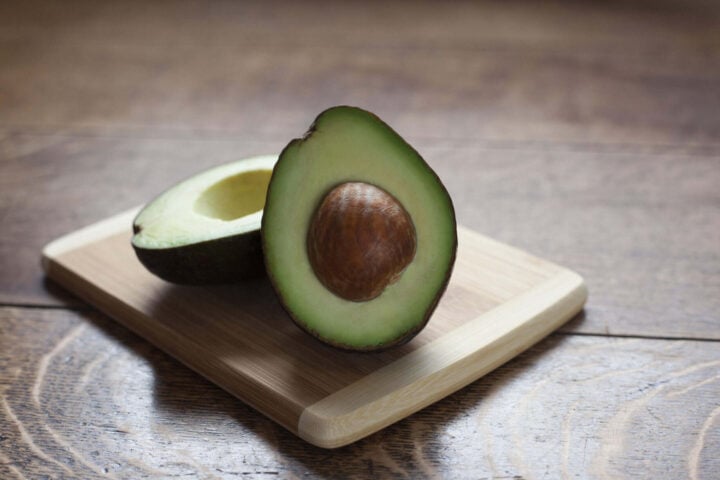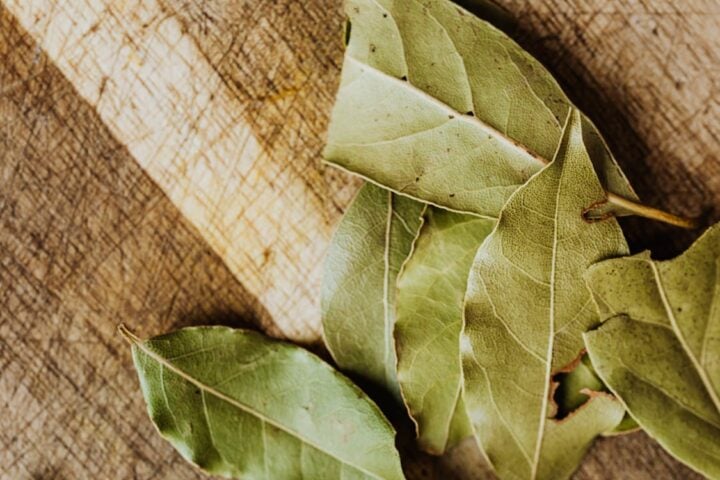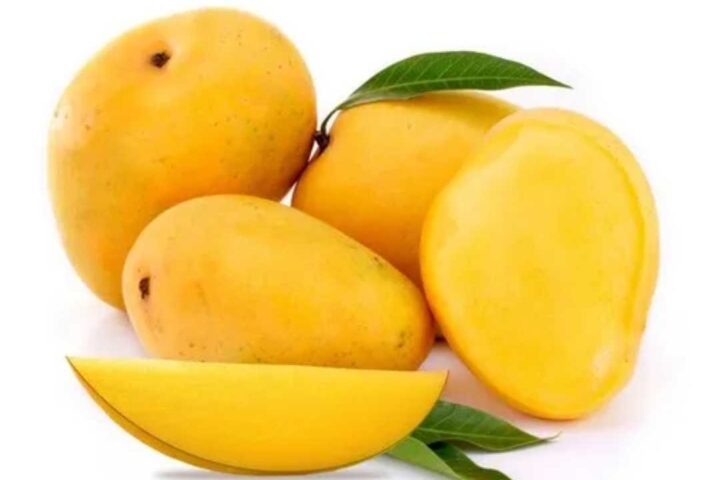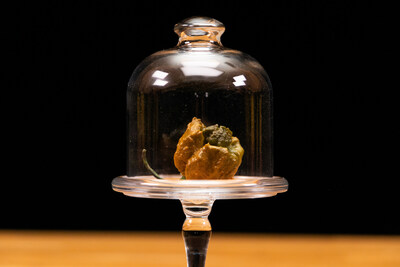The humble chia seed has become the star of a viral social media trend that’s capturing attention across platforms like TikTok, YouTube, and X. Mixed with water and sometimes a splash of lemon, this simple drink has people claiming everything from improved digestion to weight loss. But what’s the real story behind chia seed water?
What makes chia seeds special?
Chia seeds come from the Salvia hispanica plant, native to Central America. Despite their tiny size, they pack a nutritional punch. When soaked in water, these seeds absorb up to 12 times their weight in liquid, forming a gel-like substance that’s at the heart of many claimed benefits.
“Chia seeds are high in fiber, protein and omega-3 fatty acids, which can aid digestion, reduce inflammation and support heart health,” explains Dr. Ralph Waldo, a physician in Carmel, Indiana who often recommends chia seeds to patients.
Health benefits with scientific backing
Research and expert opinions point to several potential advantages of chia seed water:
Digestive health is perhaps the most widely reported benefit. Chia seeds contain both soluble and insoluble fiber, which helps promote regular bowel movements and supports gut bacteria. This has led some to call it an “internal shower” for its cleansing effects.
The seeds might also help with weight management by creating a feeling of fullness. “The gel that forms around the seeds as they absorb water creates a feeling of fullness that can support weight management and appetite control,” notes Dr. Waldo.
Heart health could see improvements too. A study from Oregon State University that sequenced the chia genome identified lower blood pressure and cholesterol levels as potential benefits of eating or drinking chia seeds.
Other possible benefits include enhanced hydration, blood sugar stabilization, and reduced inflammation due to their antioxidant content.
Real risks that should not be ignored
Despite the positive buzz, health professionals have issued important warnings about chia seed consumption, especially when done incorrectly.
The most serious concern involves eating dry chia seeds. Dr. Joseph Salhab, known as ‘thestomachdoc’ on social media, warns that consuming dry seeds can be dangerous. He shared a case where a man with swallowing issues ate dry chia seeds and needed surgery after they expanded and blocked his esophagus.
“Soaking chia seeds isn’t just some fancy health hack—it’s actually really important if you want to get the most out of them,” explains Dr. Salhab. Dry seeds can pull water from your body while expanding, potentially causing blockages, especially for people with swallowing difficulties.
Other risks include digestive discomfort if consumed in large amounts or without enough water. People taking medications for diabetes or high blood pressure should consult their doctor before adding chia seed water to their routine, as it could potentially interact with these medications.
Though rare, allergic reactions to chia seeds can occur, particularly in those with other seed or nut allergies.
How to make it safely
To safely enjoy chia seed water:
- Mix 1-2 tablespoons of chia seeds in 8 ounces of water
- Let the mixture sit for 10-15 minutes
- Stir before drinking
- Add lemon juice, honey, or fruit slices for flavor if desired
Experts recommend starting with a small amount to assess tolerance and ensure adequate overall water intake throughout the day.
For those who don’t enjoy the texture of chia seed water, alternatives include chia seed pudding (soaking the seeds in milk) or chia seed jam (blending with fruit and a natural sweetener).
Similar Posts
Beyond the hype
While social media might make chia seed water seem like a new discovery, these seeds have a long history. Ancient Aztec and Mayan civilizations prized them for providing energy and strength, with the word “chia” deriving from the Mayan word for “strength.”
What we’re seeing today is the modern rediscovery of a nutritional goldmine that can offer genuine benefits when consumed correctly. As with most health trends, it’s not a miracle cure, but rather one potential tool in a balanced approach to wellness.
The most important takeaway from health professionals: always soak chia seeds properly before consuming them, start with small amounts, and consult a healthcare provider if you have underlying health conditions or take medications.
Frequently Asked Questions
Chia seed water is a simple drink made by mixing 1-2 tablespoons of chia seeds with water and sometimes adding lemon or other flavors. It’s trending on social media platforms like TikTok and Instagram because users claim it helps with digestion, weight management, and hydration. The drink has been called an “internal shower” due to its cleansing effects, and its popularity has grown as people share their experiences with its benefits for gut health and overall wellness.
Chia seed water does offer legitimate health benefits backed by research and experts. Chia seeds contain high amounts of fiber, omega-3 fatty acids, protein, and various minerals that support digestive health, heart health, and potentially blood sugar control. A study from Oregon State University that sequenced the chia genome identified potential benefits for lowering blood pressure and cholesterol. While not a miracle cure, chia seed water provides nutritional benefits when consumed as part of a balanced diet.
Yes, consuming dry chia seeds can be dangerous and has led to emergency situations requiring medical intervention. Doctors have reported cases where dry chia seeds caused esophageal blockages after expanding in the throat. This is particularly risky for people with swallowing difficulties. Dr. Joseph Salhab, known as ‘thestomachdoc’ on social media, has specifically warned against this practice after treating patients who required surgery to remove chia seed blockages. Always soak chia seeds thoroughly before consumption.
To make chia seed water properly: Mix 1-2 tablespoons of chia seeds in 8 ounces of water, let the mixture sit for 10-15 minutes until the seeds form a gel-like consistency, stir before drinking, and add lemon juice or honey for flavor if desired. The soaking process is crucial as it activates the seeds’ nutrients and prevents potential choking hazards. Experts recommend starting with smaller amounts (1 tablespoon) to assess your body’s tolerance before increasing the quantity.
Chia seed water may support weight management, but it’s not a miracle weight loss solution. The high fiber content of chia seeds creates a feeling of fullness when they expand in your stomach, potentially reducing hunger and overall calorie intake. Dr. Ralph Waldo explains that “the gel that forms around the seeds as they absorb water creates a feeling of fullness that can support weight management and appetite control.” Additionally, the fiber helps regulate blood sugar levels, which may prevent cravings caused by sugar crashes.
Yes, certain individuals should exercise caution with chia seed water. People with swallowing difficulties should be particularly careful due to choking risks. Those taking medications for diabetes or high blood pressure should consult their doctor first, as chia seeds may enhance these medications’ effects and potentially cause blood sugar or blood pressure to drop too low. Individuals with seed or nut allergies should also be cautious and consider allergy testing before trying chia seeds. Anyone with digestive disorders should start with very small amounts to assess tolerance.
